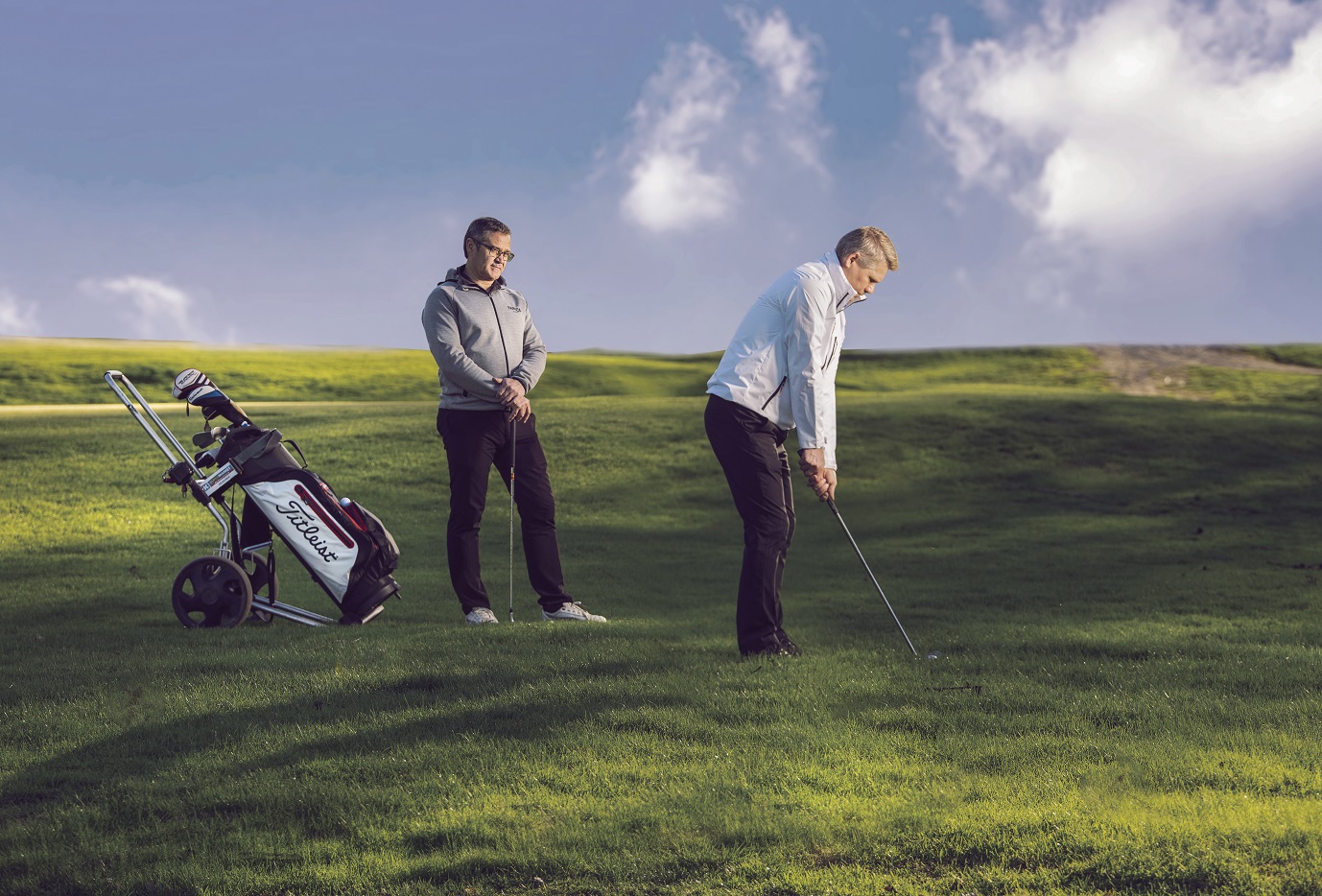The significance of physical exercise
This time we will look into how physical exercise affects one’s life from the individual’s and society’s perspective. Have you ever paid attention to what physical exercise means to you?

This time we will look into how physical exercise affects one’s life from the individual’s and society’s perspective. Have you ever paid attention to what physical exercise means to you?
Physical exercise has a great significance to life from the individual’s perspective as well as from the public health’s perspective. Exercising protects and promotes health, which reduces the probabilities to get certain diseases and lessens the risks of premature death. It is also scientifically proven that, with regular physical exercise, we can affect the risk factors of heart diseases. Together with other lifestyle changes and other treatments, physical exercise is a part of prevention, treatment and rehabilitation for many chronic diseases. Regular exercise improves, among other things, blood’s cholesterol balance and heart function, reduces blood pressure, and curbs the growth of arterial stenosis.
Yet, physical exercise is much more than just physical changes happening in the body. It is a part of every individual’s life in one way or another. It generates enormous amounts of different kinds of feelings, joy and happiness, helps control stress and fights depression. At times, it challenges and creates possibilities to develop, gain experiences of success, and increase social relationships. Despite the studied benefits for health, according to FinHealth Study 2017, only about 39 % of over 18-year-old Finnish men and just 34 % of Finnish women did physical exercise on a weekly basis as much as it is recommended in health exercise recommendations.
World Health Organization (WHO) states that immobility is the fourth biggest risk factor for premature death. In addition, it increases, among other things, the probability risk to get cardiovascular diseases, type two diabetes and cancer. Immobility is also a very big economic burden. According to the UKK Institute’s (= Centre for Health Promotion in Finland) and the Council of Government’s report, the cost of immobility in Finland is from 3 200 to 7 500 million euros a year.
Immobility and physical inactivity are a worldwide problem. To tackle this, various solutions and projects have been developed. In Finland, the UKK Institute has made health exercise recommendations for different age groups. They are based on the recommendations published by the National Institutes of Health (NIH) in the United States. The purpose of these exercise recommendations is to help people picture how much one should do physical exercise to promote one’s health.
Even though, in the end, exercising and immobility are an individual’s own responsibility, different services – such as public swimming pools, gyms and sports clubs – can support citizens to do physical exercise. It is vital that the individual is aware of how much he or she can affect their health and wellbeing by doing exercise. Quite often, realizing this can act as a motivator for the change in physical exercise behaviour. Regular exercise and physical activity are key factors in comprehensive wellbeing throughout one’s whole life.